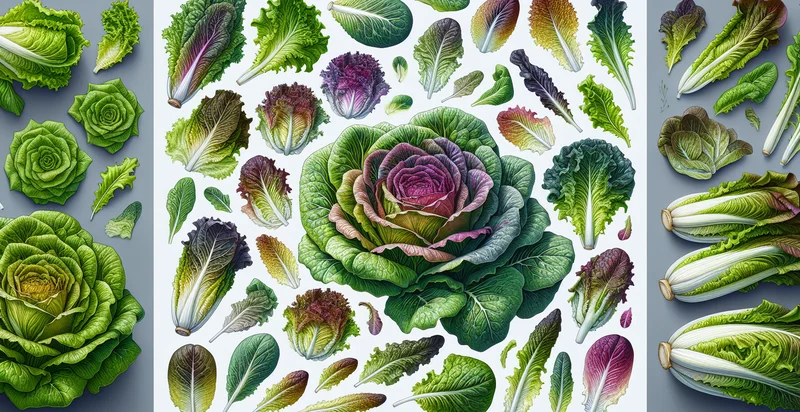Identify oat species
using AI
Below is a free classifier to identify oat species. Just upload your image, and our AI will predict what species of oat it is - in just seconds.

Contact us for API access
Or, use Nyckel to build highly-accurate custom classifiers in just minutes. No PhD required.
Get started
import nyckel
credentials = nyckel.Credentials("YOUR_CLIENT_ID", "YOUR_CLIENT_SECRET")
nyckel.invoke("oat-species", "your_image_url", credentials)
fetch('https://www.nyckel.com/v1/functions/oat-species/invoke', {
method: 'POST',
headers: {
'Authorization': 'Bearer ' + 'YOUR_BEARER_TOKEN',
'Content-Type': 'application/json',
},
body: JSON.stringify(
{"data": "your_image_url"}
)
})
.then(response => response.json())
.then(data => console.log(data));
curl -X POST \
-H "Content-Type: application/json" \
-H "Authorization: Bearer YOUR_BEARER_TOKEN" \
-d '{"data": "your_image_url"}' \
https://www.nyckel.com/v1/functions/oat-species/invoke
How this classifier works
To start, upload your image. Our AI tool will then predict what species of oat it is.
This pretrained image model uses a Nyckel-created dataset and has 10 labels, including Avena Barbata, Avena Byzantina, Avena Fatua, Avena Insularis, Avena Longiglumis, Avena Macrostachya, Avena Nidiformis, Avena Sativa, Avena Sterilis and Avena Strigosa.
We'll also show a confidence score (the higher the number, the more confident the AI model is around what species of oat it is).
Whether you're just curious or building oat species detection into your application, we hope our classifier proves helpful.
Related Classifiers
Need to identify oat species at scale?
Get API or Zapier access to this classifier for free. It's perfect for:
- Crop Monitoring: The 'oat species' identifier can assist farmers in monitoring their oat fields by accurately identifying different oat species present. This enables farmers to take appropriate actions in pest control, nutrient management, and harvesting, ultimately improving crop yields and quality.
- Seed Quality Testing: Seed companies can utilize the oat species identifier to ensure the seeds they produce or sell are accurately classified. This helps maintain quality control and ensures that the right species is provided to farmers, minimizing contamination and maximizing growth potential.
- Research and Development: Agricultural researchers can employ the oat species identifier in their studies to analyze the genetic diversity and characteristics of various oat species. This information can drive innovation in breeding programs aiming to develop more resilient or higher-yield oat varieties.
- Sustainability Assessment: Environmental organizations can use the 'oat species' identifier as part of their assessments to study the impact of land-use changes on oat species diversity. Understanding species composition can inform habitat preservation strategies and promote sustainable agricultural practices.
- Supply Chain Optimization: Grain processors and distributors can implement the oat species identifier to optimize their supply chain operations by ensuring precise species classification during processing. This results in improved marketability and targeted marketing strategies for different oat products.
- Consumer Education: Food manufacturers can leverage the oat species identifier in labeling and marketing initiatives to educate consumers about the different oat species and their health benefits. This transparency can enhance customer trust and drive sales for specific oat-based products.
- Agricultural Extension Services: Extension agents can use the oat species identifier to support farmers during training sessions and workshops. By providing accurate information on oat species differentiation, agents can better advise on species-specific best practices, fostering improved agricultural outcomes in local communities.


